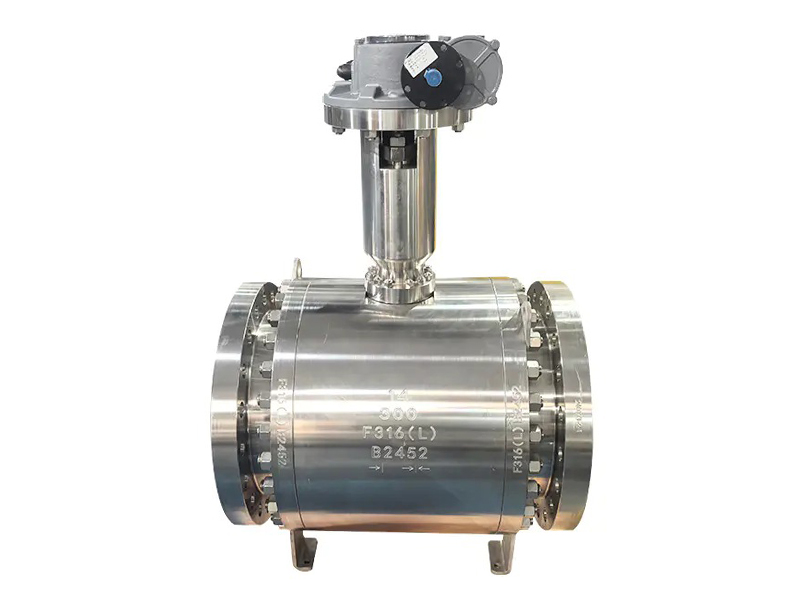2025-06-16
The Double Eccentric Ball Valve is designed to offer tight shutoff and low operating torque, making it suitable for demanding applications involving water treatment, oil and gas transport, and chemical processing. Its unique structure—with a ball segment mounted off-center relative to the valve stem and body—minimizes friction and wear during operation.

1. Design and Engineering Phase
The production begins with precise engineering design. The double eccentric configuration is modeled using 3D CAD software, where dimensions, tolerances, material specifications, and pressure ratings are carefully defined. Finite Element Analysis (FEA) may be applied to validate the valve's structural integrity under various flow and pressure conditions.
2. Material Selection and Procurement
Materials for the valve body, seat, and ball are selected based on the application environment. Common choices include stainless steel, carbon steel, or duplex steel for corrosion resistance and mechanical strength. Sealing elements may use PTFE, metal-to-metal contact, or elastomeric materials.
3. Casting and Machining
Valve bodies and balls are typically cast and then precision-machined. CNC equipment ensures dimensional accuracy, particularly for the ball's spherical segment and stem alignment, which are essential for leak-proof sealing in the double eccentric design.
4. Assembly and Testing
Once all components are prepared, they are assembled in a clean environment. Special attention is given to the eccentric alignment to ensure low-friction operation. The valve then undergoes rigorous pressure testing, including hydrostatic and leakage tests, to verify performance against industry standards such as API 6D or ISO 5208.
5. Surface Treatment and Coating
The final steps include anti-corrosion treatments like epoxy coating or nickel plating, particularly for valves used in corrosive media. After visual inspection and quality checks, the Double Eccentric Ball Valve is packaged and labeled for delivery.
The Non Return Valve for Water Pump, also known as a check valve, ensures unidirectional flow and prevents backflow in water systems. While generally robust, these valves can experience failures that compromise pump efficiency or cause water hammer and pressure surges. Understanding the failure modes is essential for preventive maintenance and system reliability.
Wear of Internal Components: The repetitive opening and closing of the valve can wear out moving parts such as the disc or hinge mechanism. This often results in incomplete sealing and allows reverse flow.
Debris Obstruction: Sediment, rust, or foreign particles can obstruct the valve seat or prevent full closure. This is common in untreated or high-particulate water systems.
Corrosion and Material Degradation: Prolonged exposure to aggressive water chemistry can corrode metallic parts, weakening structural integrity and sealing performance.
Water Hammer Damage: Sudden closure caused by reverse flow can generate hydraulic shocks, damaging internal components or cracking the valve body.
Improper Installation: Incorrect valve orientation or absence of required upstream/downstream clearances can affect performance and increase stress on components.
To identify valve failure, routine inspection methods such as visual checks, vibration monitoring, and flow analysis are useful. In some cases, acoustic sensors or thermal imaging can detect flow anomalies indicating a faulty valve.
Regular Cleaning: Flushing the pipeline and maintaining filters can reduce the chance of debris-related failures.
Material Selection: Using corrosion-resistant alloys or coatings extends valve life, especially in chemically treated water systems.
Proper Sizing and Placement: Selecting a valve that matches flow and pressure specifications and ensuring correct installation orientation are key steps in preventing operational issues.
Scheduled Maintenance: Periodic checks and early replacement of worn components prevent unexpected failures.